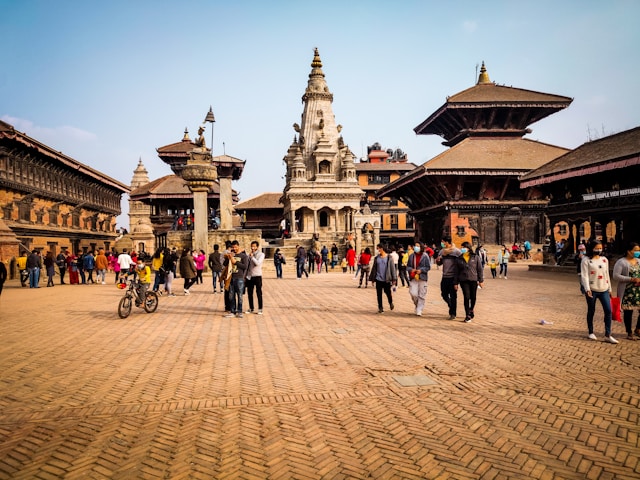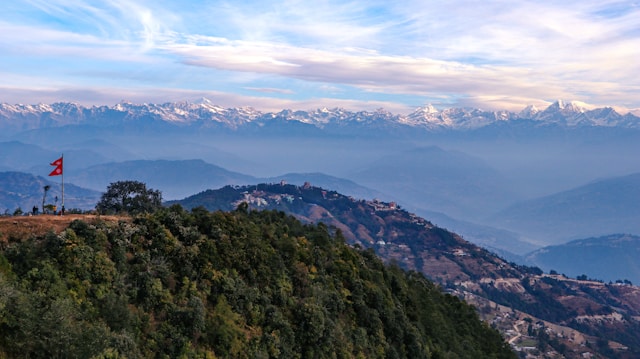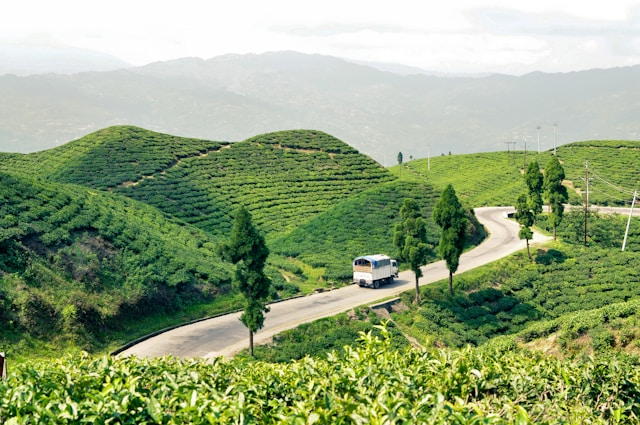Embracing Tradition Amidst Change
In the heart of the Kathmandu Valley, Bhaktapur stands as a living testament to Nepal’s rich cultural legacy. Every day in this medieval city unfolds as a seamless blend of ancient traditions and the subtle influences of modernization. From dawn to dusk, the rhythms of daily life in Bhaktapur are a symphony of rituals, craftsmanship, bustling markets, and communal harmony that continue to define its unique identity even as the world changes around it.
The Morning Rituals: A Spiritual Beginning
The mornings in Bhaktapur begin with the sound of temple bells, the fragrance of incense, and the sight of devotees offering prayers at centuries-old shrines like Nyatapola Temple and Dattatreya Square. We observe women clad in traditional saris, carrying copper pots of water fetched from public stone spouts known as hiti, and men gathering at community squares to discuss local matters. These age-old practices reflect the city’s deep spiritual connection and its commitment to preserving the customs that have shaped its character for generations.
Craftsmanship and Artisans at Work
The heart of Bhaktapur beats in its workshops and courtyards, where artisans meticulously create pottery, wood carvings, and intricate metalworks. Families have passed these skills down for centuries, and today we find craftsmen working on ceramic pots at Pottery Square, chiseling elaborate designs on wooden windows, and crafting bronze statues of deities. This dedication ensures that Bhaktapur’s artistic heritage remains alive, even as modern tools and techniques begin to seep into their daily practice.
Markets Full of Life and Local Produce
As the day progresses, Bhaktapur’s markets become a hub of activity. Vendors spread their goods along narrow brick-paved lanes, selling fresh vegetables, handmade sweets like juju dhau (king curd), and traditional spices that define Newari cuisine. Here, we see a vibrant economy rooted in local agriculture and craftsmanship, where bargaining is a communal affair and each purchase supports multiple generations of farmers and artisans. These markets are more than commercial spaces; they are where culture is exchanged, stories are told, and traditions are celebrated.
Festivals: The Pulse of Bhaktapur’s Identity
Throughout the year, Bhaktapur comes alive with colorful festivals that reinforce its cultural fabric. The spectacular Bisket Jatra, celebrated with towering chariots pulled through crowded streets, unites communities in a display of devotion and competition. Similarly, the Indra Jatra and Dashain festivals involve elaborate rituals, masked dances, and communal feasts that preserve the city’s ancestral beliefs. We see families gathering, neighbors collaborating, and generations bonding, all in the name of sustaining centuries-old traditions.

Challenges of Modernization
Yet Bhaktapur’s efforts to safeguard its heritage are met with modern challenges. As roads are paved and technology becomes more accessible, we notice shifts in lifestyle. Younger generations seek opportunities beyond pottery and farming, and tourism, while economically beneficial, introduces outside influences that sometimes clash with local customs. The influx of modern buildings threatens the architectural harmony of Bhaktapur Durbar Square, and the demand for faster connectivity alters the slow, communal pace of life.
Education and Cultural Transmission
Schools in Bhaktapur have taken up the responsibility of integrating cultural education alongside modern curricula. We see initiatives where children learn traditional Newari songs, dances, and rituals, ensuring that heritage is not lost to the conveniences of modern life. Workshops conducted by local elders teach children to craft clay pots or recite stories of Bhaktapur’s founding, bridging the generational gap and cultivating pride in their identity.
Culinary Traditions in Daily Life
Food plays a pivotal role in daily life here. Traditional Newari dishes like bara, yomari, and samay baji are still prepared in most homes, especially during festivals and family gatherings. We witness meals being prepared with recipes passed down through grandmothers, maintaining culinary traditions that have endured for centuries. These meals are more than sustenance; they are an expression of history, community, and celebration.
Architecture as a Living Museum
Walking through Bhaktapur’s labyrinth of narrow alleys reveals an architectural wonderland where every brick tells a story. From the intricately carved windows of the Peacock Window to the red-brick temples and pagodas, these structures stand resilient against time. Residents continue to live in these ancient homes, performing daily tasks within walls adorned with symbols of protection and prosperity. The city itself is a living museum, where preservation is not limited to monuments but is woven into everyday existence.
Community Initiatives and Restoration Efforts
Local groups and international organizations have worked together to restore Bhaktapur’s historic sites, especially after the devastating 2015 earthquake. We observe community members participating in rebuilding efforts, using traditional materials and techniques to maintain authenticity. These collective endeavors demonstrate how Bhaktapur’s identity thrives not just in resistance to change but in the active engagement of its people to safeguard what makes their home unique.
Sustaining Bhaktapur’s Future
The future of Bhaktapur lies in a delicate balance between embracing progress and preserving heritage. Efforts to promote sustainable tourism, support traditional industries, and empower local governance are key to ensuring that modernization does not erase the cultural wealth that defines this city. By valuing Bhaktapur’s traditions while adopting thoughtful innovation, we can foster a society where cultural pride and economic development coexist harmoniously, ensuring that future generations can experience the vibrant daily life that makes Bhaktapur extraordinary.


